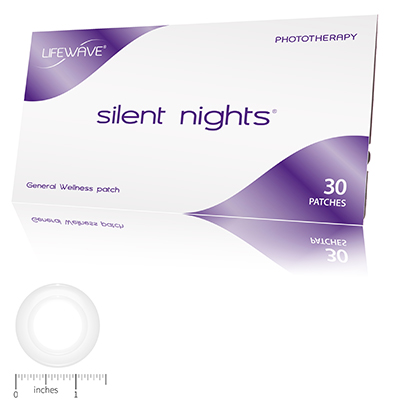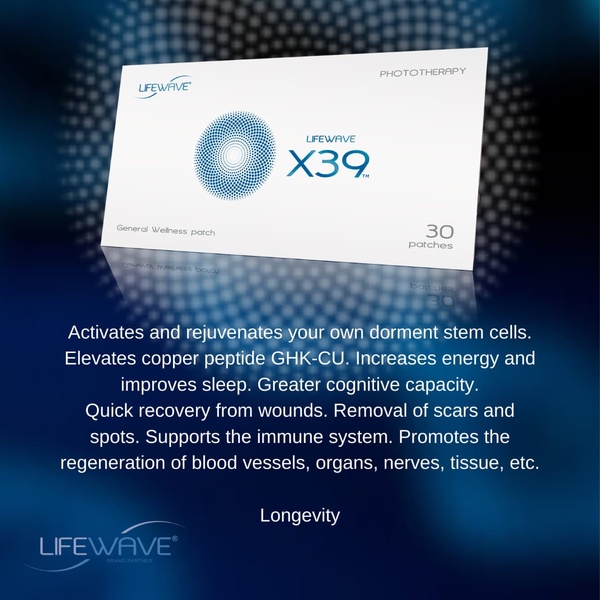Enhance Your Health And Wellness Regimen With Photo-therapy and Stem Cell Patches
Phototherapy and stem cell patches have emerged as promising tools for maximizing wellness results. By discovering the complexities of just how phototherapy and stem cell patches operate, we can discover a globe of possibilities for boosting our well-being.
Benefits of Phototherapy
Phototherapy offers an array of advantages that can dramatically improve general health and wellness and health. The targeted light assists to reduce swelling, eliminate bacteria, and promote cell regrowth, leading to clearer and much healthier skin.
Additionally, phototherapy has been revealed to improve mood and power levels by boosting the production of serotonin, commonly referred to as the 'feel-good' hormonal agent. This can be especially valuable for people struggling with seasonal depression or general sensations of reduced state of mind. In addition, photo-therapy can help in the management of discomfort and swelling in conditions like arthritis, fibromyalgia, and muscle injuries. By targeting the influenced locations with certain light wavelengths, phototherapy aids to minimize pain assumption and advertise quicker recovery.
How Stem Cell Patches Job
With the current advancements in health innovation, stem cell spots have arised as a cutting-edge and promising approach to enhancing healing and well-being beyond the benefits offered by photo-therapy. Stem cell spots function by making use of the regenerative possibility of stem cells to target details areas of the body needing fixing or restoration. These spots are usually composed of a matrix that houses stem cells efficient in differentiating into numerous cell kinds, relying on the body's requirements.
When applied to the skin, stem cell patches release development variables and signaling molecules that promote the body's natural healing procedures. These signals aid to minimize swelling, advertise tissue regeneration, and accelerate the overall recovery feedback. Stem cell spots can be specifically beneficial for injury recovery, tissue repair work, and even aesthetic improvements.
Integrating Phototherapy and Stem Cell Patches
The integration of photo-therapy with stem cell patches provides an encouraging harmony in improving therapeutic outcomes for different health concerns. Photo-therapy, which includes making use of light to promote all-natural biological procedures, can match the regenerative potential of stem cell spots. By combining these two ingenious methods, a complex healing result can be attained.
Photo-therapy works by using particular wavelengths of light to target various cellular processes, such as reducing swelling, advertising flow, and boosting tissue fixing. When used along with stem cell spots, which deliver a focused dose of regenerative stem cells to the damaged area, the photo-therapy can develop an ideal environment for the stem cells to prosper and apply their healing residential properties.
This incorporated strategy can be especially advantageous for problems such as persistent pain, bone and joint injuries, skin problems, and wound healing. By leveraging the one-of-a-kind strengths of both photo-therapy and stem cell spots, individuals can possibly experience increased recuperation, decreased signs, and enhanced general health. The future of healthcare may undoubtedly be formed by the potent combination of these sophisticated treatments.
Tips for Maximizing Health Perks
To enhance the health and wellness benefits obtained from integrating phototherapy and stem visit their website cell spots, applying a couple of essential strategies can considerably improve the performance of this mixed restorative method. Additionally, it is crucial to adhere to the suggested guidelines provided by health care experts concerning the period and frequency of phototherapy and spot usage to maximize their impact on total health and wellness.

Lastly, monitoring and monitoring development is vital. Maintaining a wellness journal to tape any type of modifications or enhancements in signs, power degrees, or overall health can aid assess the effectiveness of the consolidated photo-therapy and stem cell patch treatment. By remaining conscientious and proactive in handling one's wellness regimen, people can make the most of the benefits originated from these innovative treatments.

Potential Negative Effects and Safety Measures
Upon starting phototherapy and stem cell patch treatment, individuals need to recognize possible side results and required preventative measures to make sure a safe and reliable restorative experience. While these therapies are normally considered secure, there are some safety measures Find Out More to bear in mind. One prospective negative effects of photo-therapy is skin irritation, which may manifest as redness or sensitivity. To mitigate this danger, it is recommended to begin with shorter treatment durations and slowly enhance direct exposure as endured. In addition, people with a history of skin conditions or level of sensitivity should consult a healthcare supplier prior to starting phototherapy.
When click here for more it comes to stem cell spots, although they are made to be biocompatible and secure for use, there is a small risk of allergic reactions in people delicate to certain materials. It is suggested to do a spot test before applying the stem cell patches to a larger location to check for any type of negative responses. People with underlying medical problems or those taking medicines should look for support from a healthcare specialist before incorporating stem cell spots into their regimen. By bearing in mind these potential adverse effects and taking required precautions, people can take full advantage of the advantages of photo-therapy and stem cell spots while decreasing any type of risks.
Verdict
To conclude, integrating photo-therapy and stem cell spots into your wellness routine can offer countless advantages. These non-invasive treatments work synergistically to enhance total well-being and enhance the body's natural recovery procedures. By adhering to guidelines for ideal use and understanding potential adverse effects, individuals can optimize the health benefits of these ingenious treatments. Take into consideration integrating phototherapy and stem cell patches right into your regimen for a holistic method to health.
With the recent advancements in health technology, stem cell patches have actually arised as a encouraging and cutting-edge strategy to improving healing and wellness past the advantages provided by phototherapy (lifewave patches reviews). Stem cell patches work by making use of the regenerative potential of stem cells to target particular areas of the body requiring fixing or restoration. These patches are usually composed of a matrix that houses stem cells capable of differentiating right into different cell types, depending on the body's demands
The combination of phototherapy with stem cell patches offers a promising harmony in improving therapeutic end results for different wellness concerns.To enhance the health advantages derived from incorporating photo-therapy and stem cell spots, applying a few vital methods can considerably enhance the efficiency of this combined healing technique.

